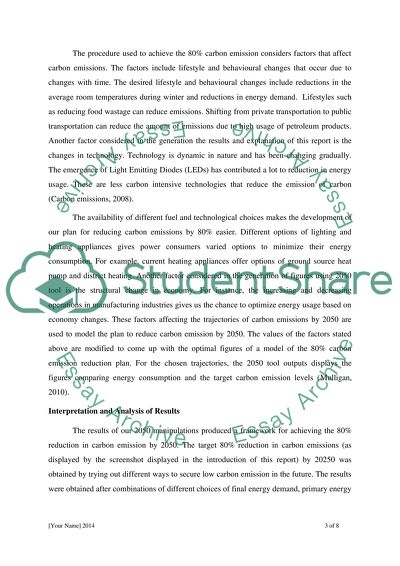Cite this document
(“CARBON EMISSIONS Essay Example | Topics and Well Written Essays - 1500 words”, n.d.)
CARBON EMISSIONS Essay Example | Topics and Well Written Essays - 1500 words. Retrieved from https://studentshare.org/environmental-studies/1668539-carbon-emissions
CARBON EMISSIONS Essay Example | Topics and Well Written Essays - 1500 words. Retrieved from https://studentshare.org/environmental-studies/1668539-carbon-emissions
(CARBON EMISSIONS Essay Example | Topics and Well Written Essays - 1500 Words)
CARBON EMISSIONS Essay Example | Topics and Well Written Essays - 1500 Words. https://studentshare.org/environmental-studies/1668539-carbon-emissions.
CARBON EMISSIONS Essay Example | Topics and Well Written Essays - 1500 Words. https://studentshare.org/environmental-studies/1668539-carbon-emissions.
“CARBON EMISSIONS Essay Example | Topics and Well Written Essays - 1500 Words”, n.d. https://studentshare.org/environmental-studies/1668539-carbon-emissions.


